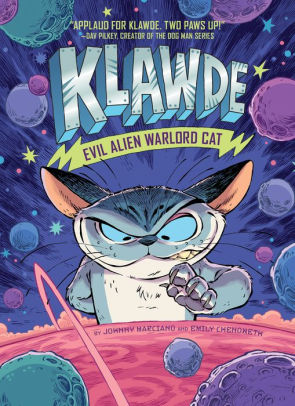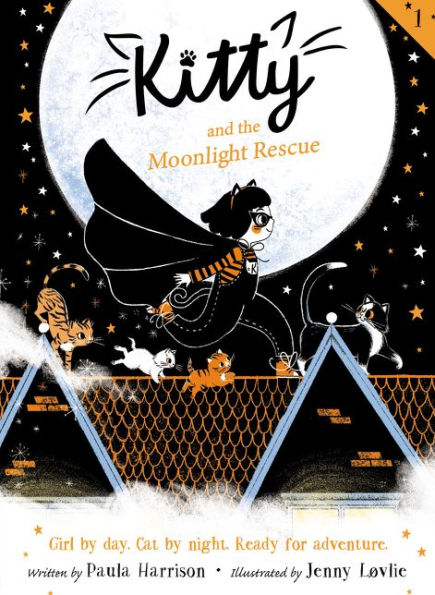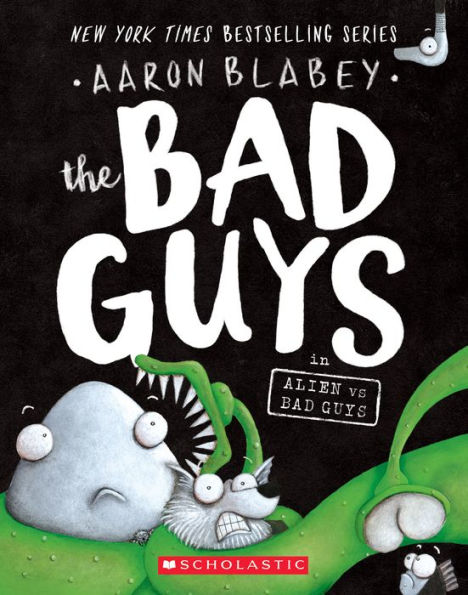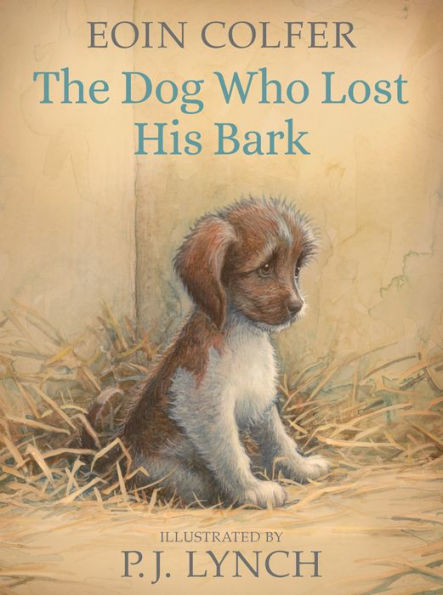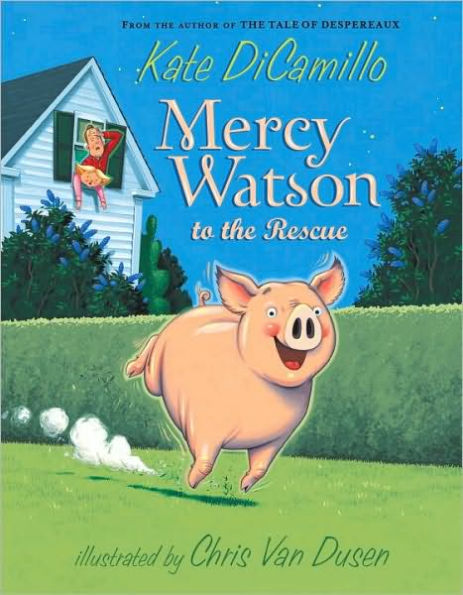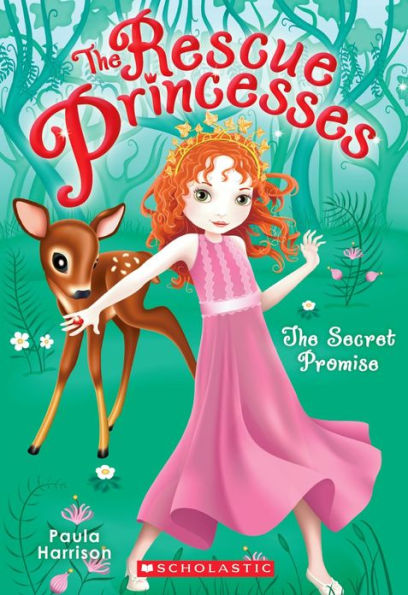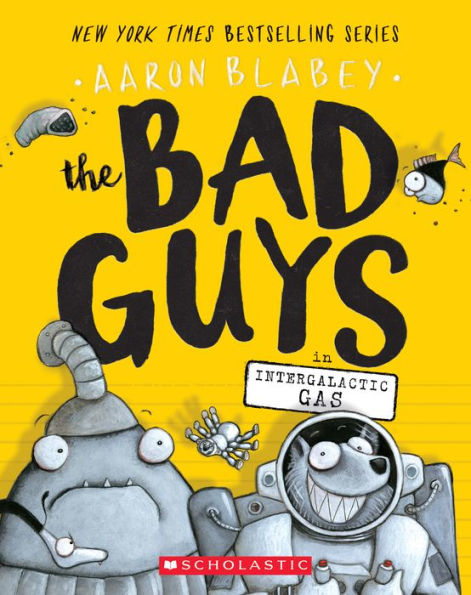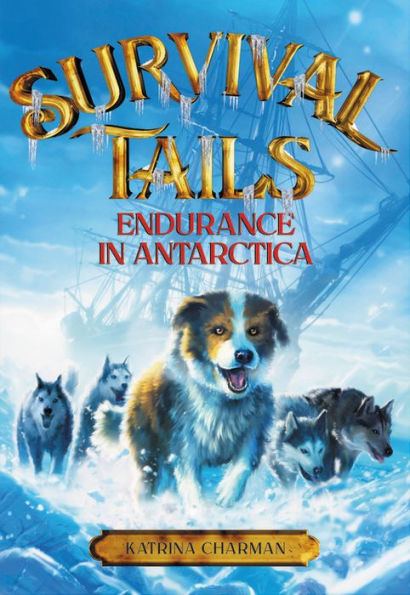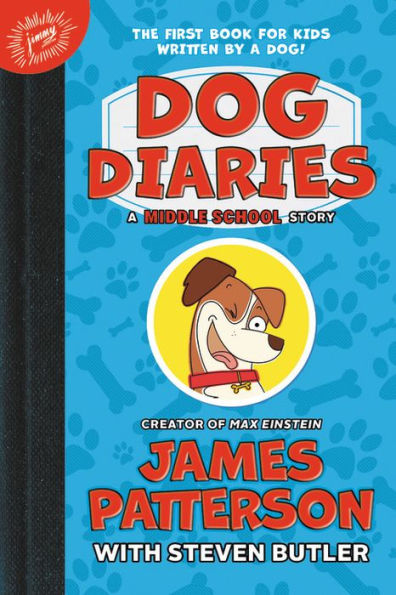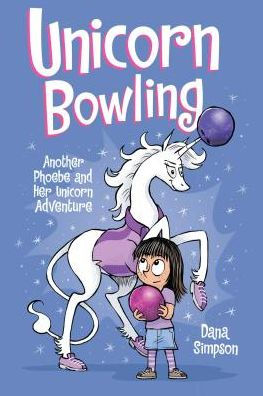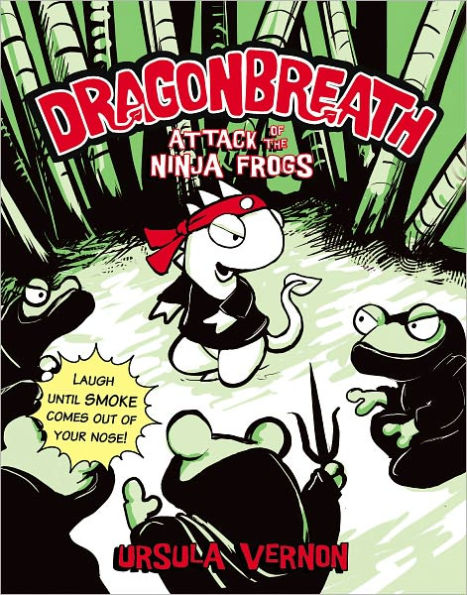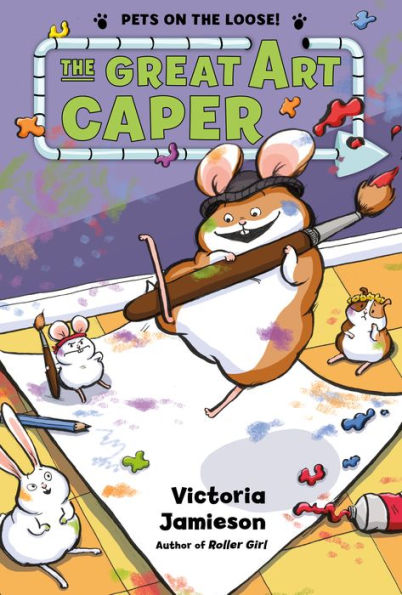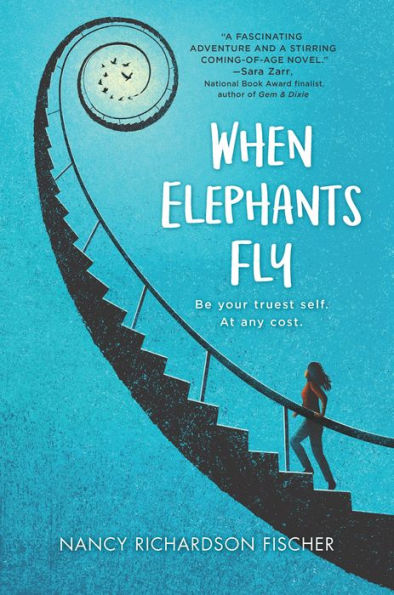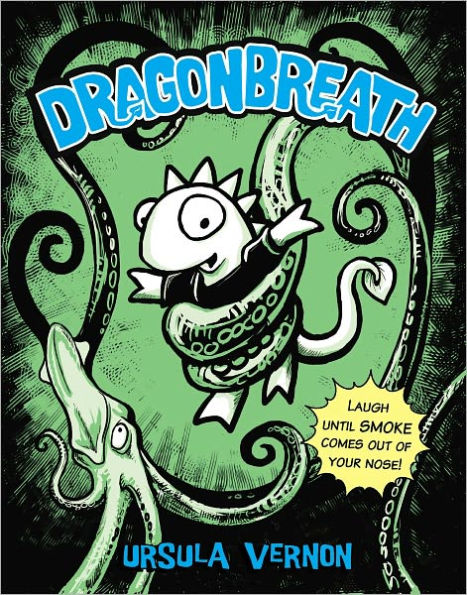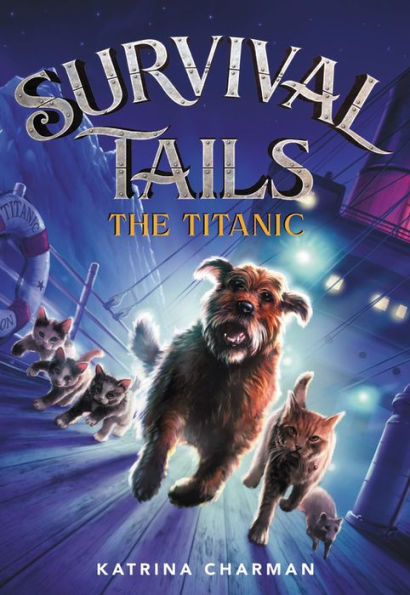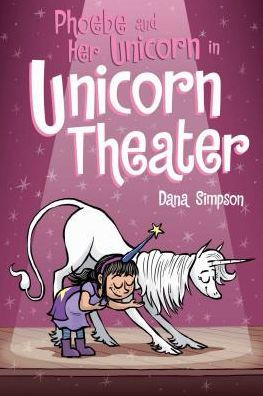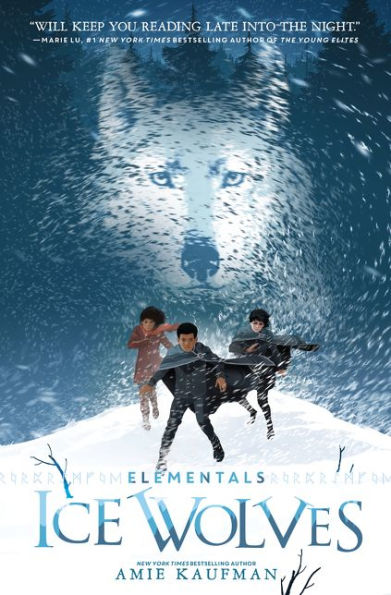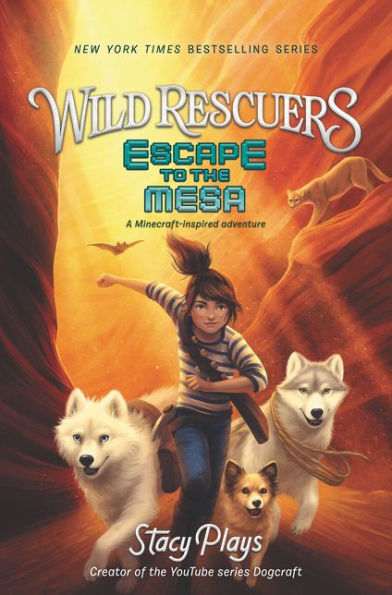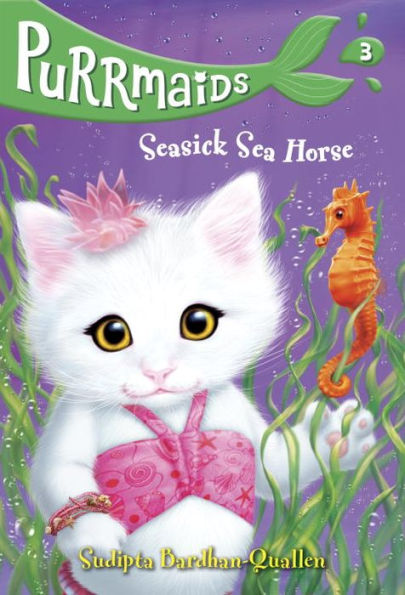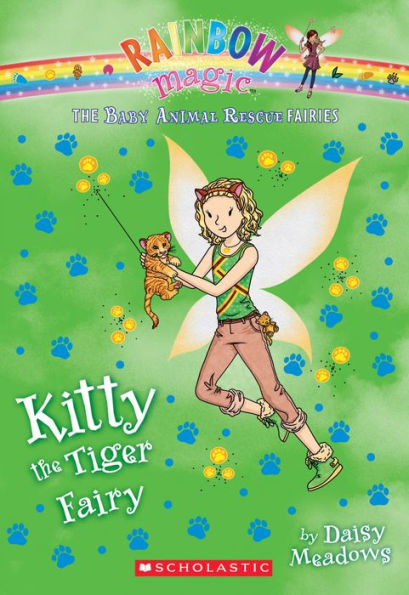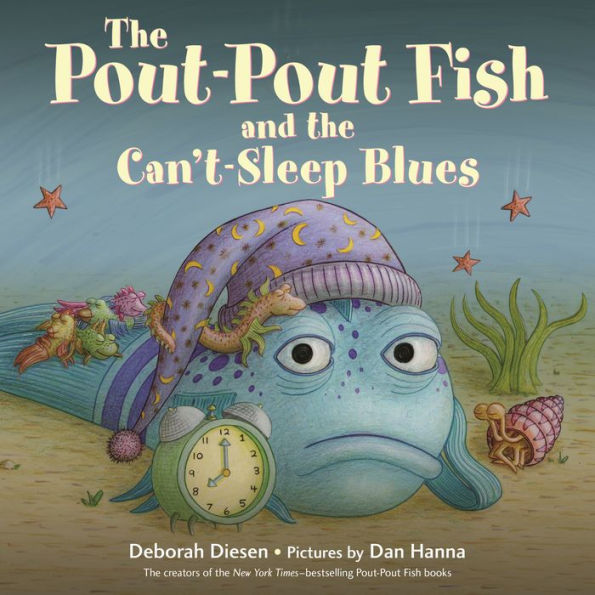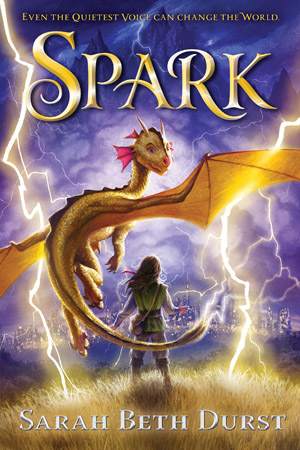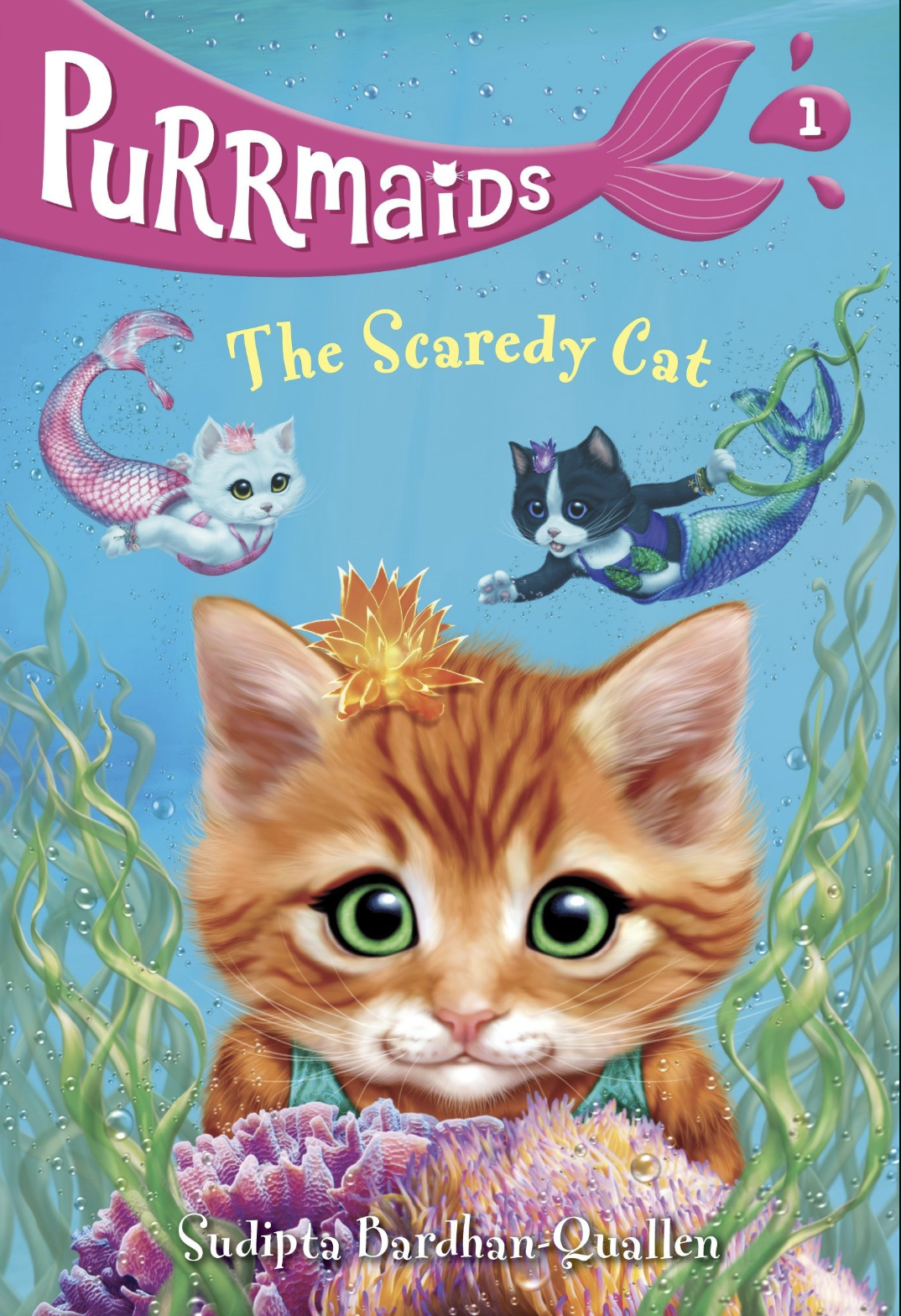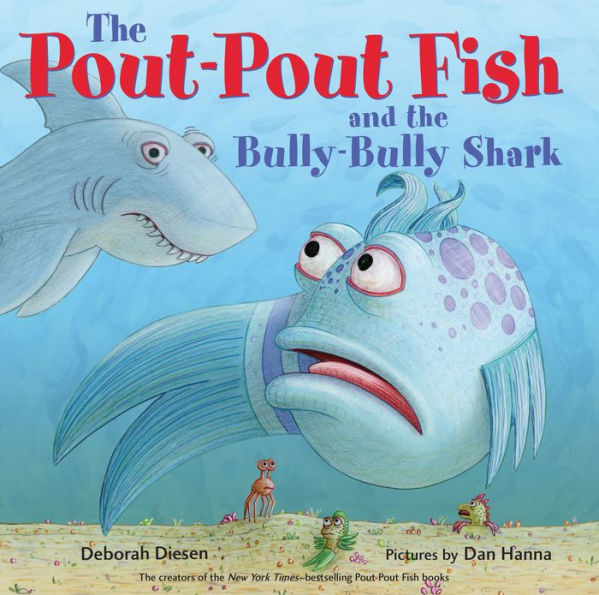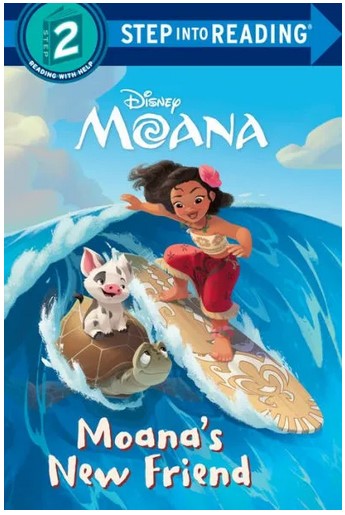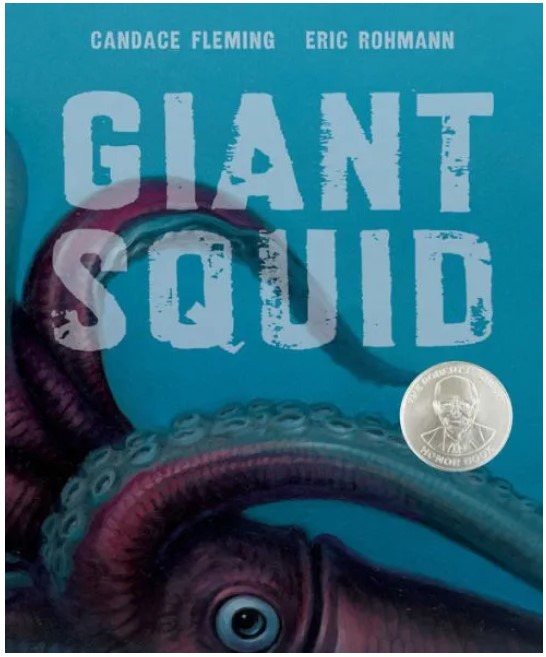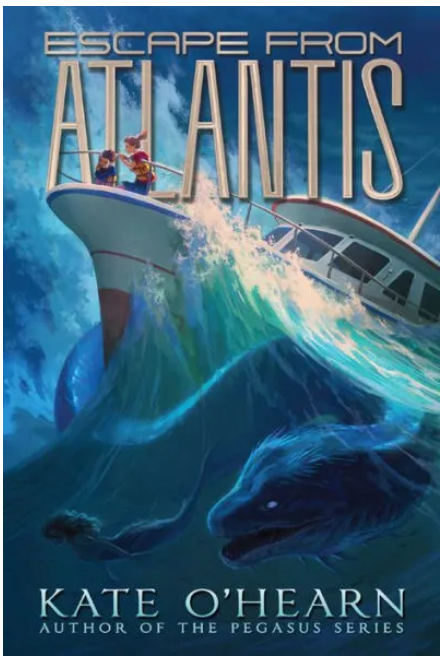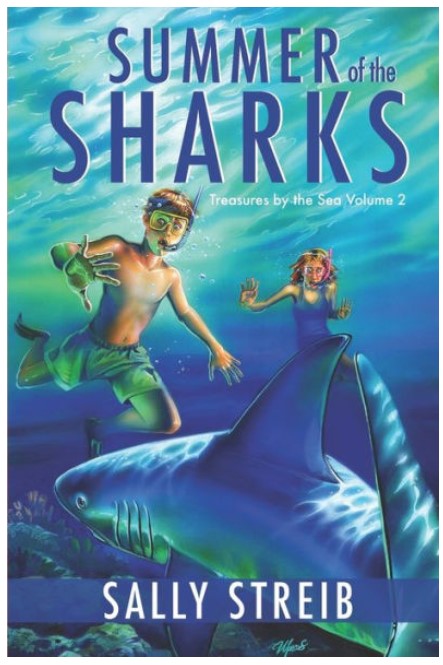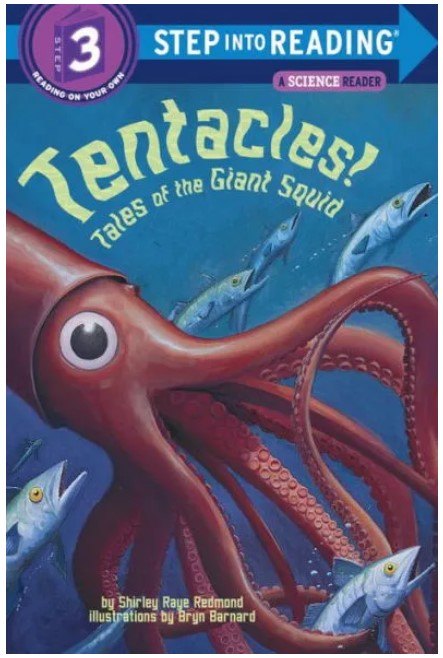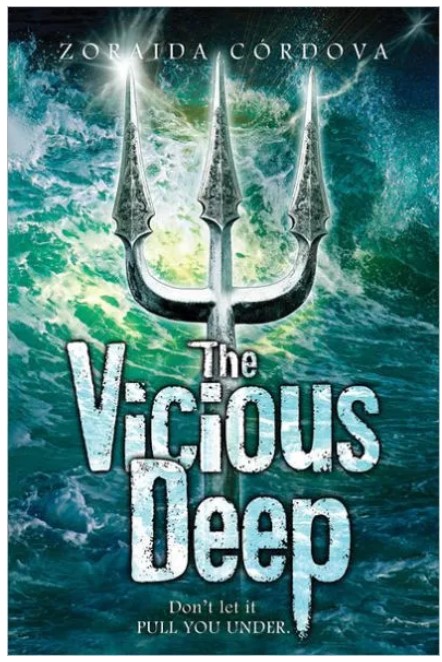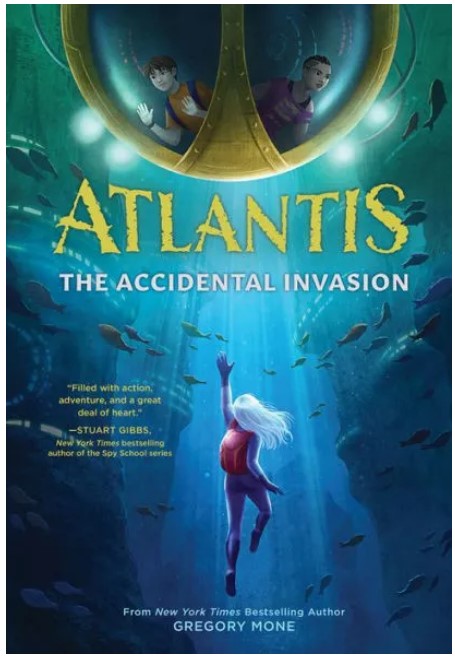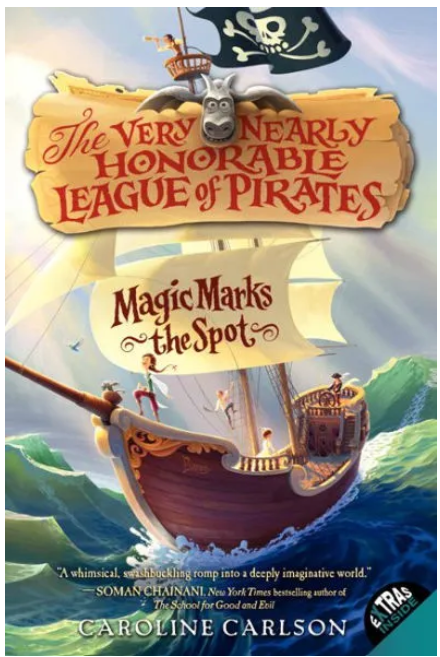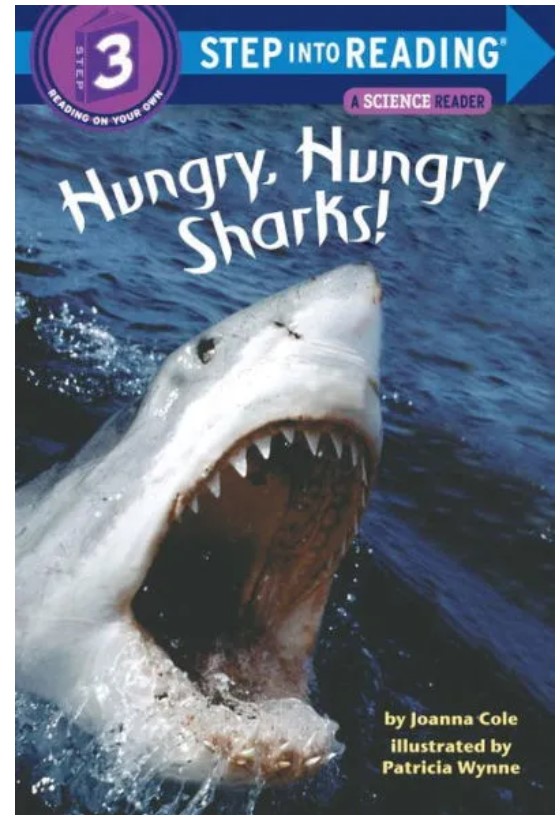Klawde is not your average cat. He’s an emperor from another planet, exiled to Earth. He’s cruel. He’s cunning. He’s brilliant… and he’s about to become Raj Banerjee’s best friend. Whether he likes it or not.
Klawde had everything. Sharp claws. Fine fur. And, being the High Commander of the planet Lyttyrboks, an entire world of warlike cats at his command. But when he is stripped of his feline throne, he is sentenced to the worst possible punishment: exile to a small planet in a quiet corner of the universe… named Earth.
Raj had everything. A cool apartment in Brooklyn. Three friends who lived in his building. And pizza and comics within walking distance. But when his mom gets a job in Elba, Oregon and he is forced to move, all of that changes. It’s now the beginning of summer, he has no friends, and because of his mother’s urgings, he has joined a nature camp.
It’s only when his doorbell rings and he meets a fur ball of a cat that Raj begins to think maybe his luck is turning around.
Klawde does not like Earth. He doesn’t like humans. He doesn’t even like his human boy Raj. In order to leave Earth and get revenge on his home planet, Klawde has no choice but to reveal his real Identity to Raj. In order to get Raj to help him, Klawde tries to hide his true nature. He is hateful, evil, and continuously plotting and manipulating. On the other hand, Raj is completely ordinary and relatable. He is unhappy about moving and afraid that he will never make friends. Readers get an inside view of both Klawde’s and Raj’s thought processes because each chapter switches between the two characters’ points of view.
Klawde: Evil Alien Warlord Cat is exceptionally engaging, humorous, and fun to read. Readers will appreciate the short paragraphs, the easy vocabulary, and the hilarious blue-and-black illustrations. Not only do the illustrations help the reader imagine the story’s events, but they also highlight Klawde’s various emotions of misery, distaste, and disgust. Readers will fall in love with the evil alien cat, understand Raj’s conflicts, and cringe when Raj’s mother expertly wields her power over the household.
Despite the humorous tone of the story, readers will learn the importance of friendship and working together. Klawde: Evil Alien Warlord Cat mixes realistic human conflicts with an outlandish alien warlord cat to create an action-packed story that readers will love. Readers will be eager to pick up the next book in the series, Enemies.
Sexual Content
- None
Violence
- When Klawde was napping, his enemies came for him. “Before I could even unsheathe my claws, they pounced atop me. They tied me up and chained my paws, and then they dragged me from my holding cell into the Supremest Court of All Galactic Order.” When Klawde’s minion speaks up for Klawde, “someone smacked him on the back of the head.”
- Klawde is taken to the veterinarian for vaccinations. When the veterinarian tried to give him a shot, “with a bloodcurdling yowl, Klawde flew at the vet’s face and latched on. The vet started screaming and flailing his arms around.” Later, Klawde explains how he attacked. “First, my claws ripped at its hands. Next, its face. Oh, how sweet the feeling! I left long red scratch marks all over its vile, furless cheeks. When I was but seconds away from murdering it, my Humans pulled me off.”
- While at camp, Raj meets some kids that are bullies. When they were playing nature tag, “Scorpion and his pals took the kill-or-get-killed concept way too seriously. Their idea of tag was to shove the younger kids into the mud and try to step on us.”
- When Raj’s father tries to give Klawde “dried food pellets,” Klawde bites him. Then Raj’s father put “the finger I’d just bitten into his mouth.”
- While at camp, a group of bullies throws rocks at Raj and his group.
- When Klawde goes to scratch Raj’s mother, she tells him, “If you try it, I’ll skin you alive and turn you into a fur hat.”
- Klawde sneaks to Raj’s camp. During a game, Klawde thinks the camp’s counselor is “planning to devour my human—or worse!” In order to help Raj, Klawde “paused, took aim, and launched myself into the air. . . My aim was true, and I made a direct hit on the plant-monster’s head. My claws made quick work of its face. . . I showed the monster no mercy, but its strength was that of ten thousand cats. It grasped me by the neck and tore me off itself. Then it dangled me from its hideous leafy paws.” When the counselor grabs Klawde, Raj gets angry and jumps out of the tree. Raj lands on the counselor and Klawde runs away. The fight is described over five pages.
- When Raj and Klawde return home, Raj calls Klawde “kitty.” Klawde tells him, “Don’t ever call me that again or I will vaporize you across ten galactic quadrants!” Then Klawde swipes at Raj, “leaving a bloody scratch on my finger. It hurt a little, but I didn’t care.”
Drugs and Alcohol
- None
Language
- In his thoughts, Klawde often calls others names. The characters also call each other names often, including losers, morons, idiot, fool, jerk, little babies, and rodent.
- When a cat crouches in attack mode, Klawde thinks, “At least these Earth cats were not all meek morons!”
- Klawde is given a mouse with catnip inside of it. In order to get another one, Klawde says, “Mrow,” and then he wonders, “What had become of me? I had said it! The idiot Earth cat word! These mouse dolls—this was how the Humans controlled felines. This was how they made Earth cats stupid! The fiends!”
- When the TV remote is broken, Raj’s dad says, “Darn it!”
- As part of a contest, Raj climbs up a tree. When he gets to the top, he wonders, “How the heck was I going to get back down?”
Supernatural
- None
Spiritual Content
- None
